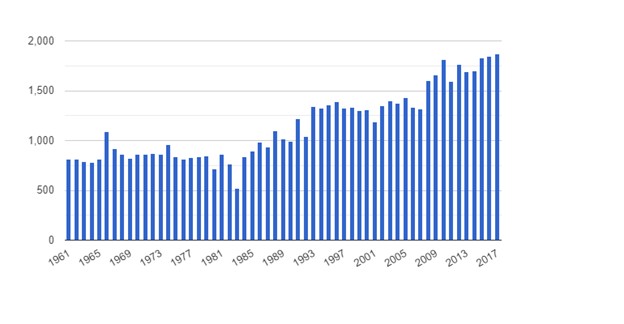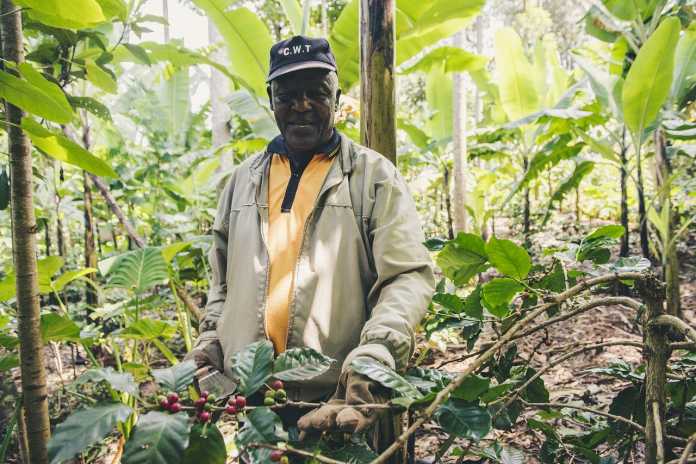The corporate media this week are hyping claims that Ghana is experiencing a climate crisis that is decimating crop production, driving farmers off their lands, and forcing them to become migrants to find food. United Nations articles are promoting such a narrative, corporate media outlets are publishing related stories, and Google News is featuring those articles among the top search results this week for “climate change.” However, objective and irrefutable data show Ghana is enjoying a long-term increase in crop yields as the climate warms, with new records being set on a regular basis. Far from a climate crisis, Ghana is experiencing a truth crisis in the media’s reporting on global warming.
The United Nations, for example, has published an article titled, “From the Field: Adapting to survive and thrive in Ghana.” The subhead reads, “In the West African country of Ghana, many people from farming backgrounds are forced to find new ways to survive, as droughts, floods, and erratic weather patterns upend age-old practices.” The article blames climate change for the asserted increase in erratic weather and more difficult farming conditions.
The corporate media are making similar claims. Google News, for example, is currently promoting an article titled, “How climate change is affecting agrarian migrants in Ghana.” The article claims, “in many African countries, access to food and water is deeply influenced by climate change.” The article reports that rural migrant farmers in Ghana report worsening rainfall and soil conditions, which are making farming more difficult.
Neither the United Nations article nor the related media articles cite actual data showing a decline in crop yields. That is rather odd, considering the United Nations itself meticulously collects and reports crop data for each country.
So, what do the UN crop data show?
According to UN Food and Agriculture Organization (FAO) data reported by The Global Economy, the 10 years with the highest yields per acre in Ghana are the 10 most recent years on record. As shown in the Global Economy chart below, Ghana crop yields are up nearly 40 percent compared to just a decade ago, and crop yields have doubled since 1990.

Ghana cereal crop production, kilograms per hectar. Source, UN Food and Agriculture Organization (FAO), reported by The Global Economy.
When it comes to Ghana crop production and climate change, believe the objective crop data, not the alarmist hype.





















I don’t disagree with your conclusions but why do you use Ghana’s cereal crop output to prove your point? Cereals are not Ghana’s major agricultural crop. By tonnes, the order is cassava, yam, plantain, cocoyam, maize, sorghum, millet, rice. Cocoa is of course the major crop by value & exports.